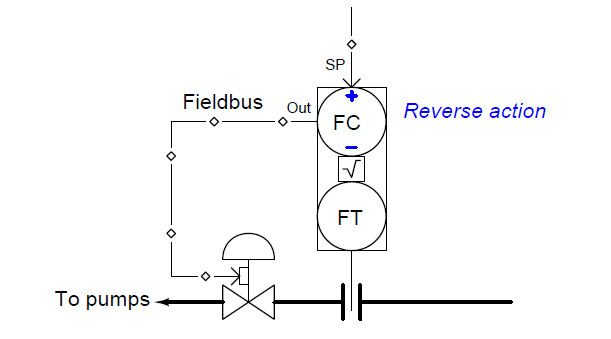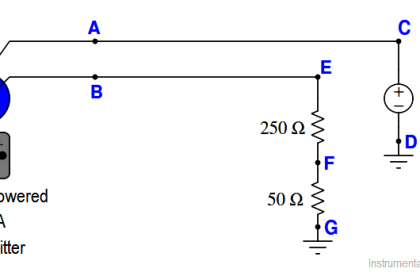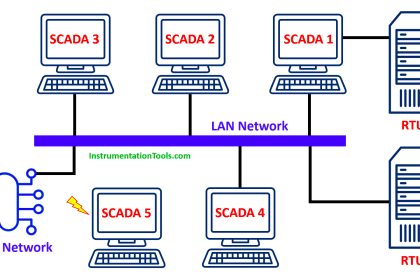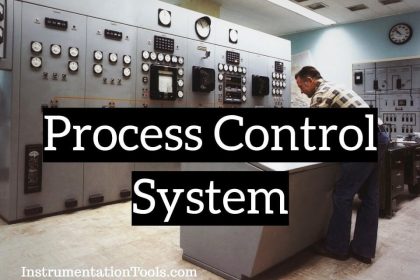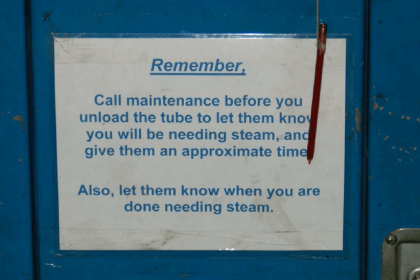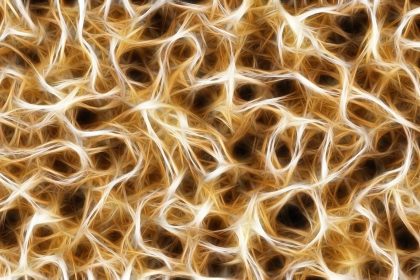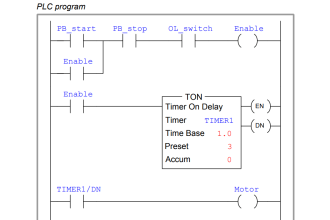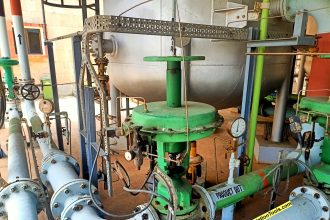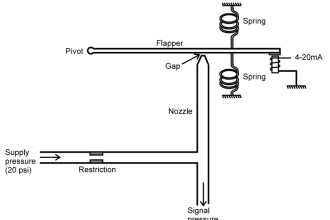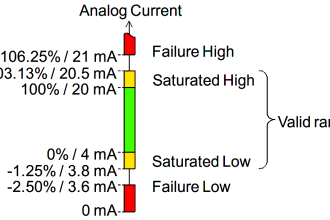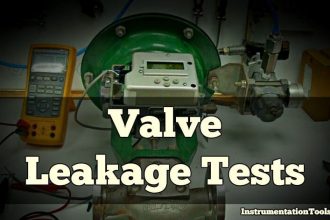Since liquid level can only change in a vessel if there is an imbalance of inlet and outlet flow rates, would this system be practical to achieve steady liquid level control? Explain why or why not.
Level Control using Flow

Note: the philosophy behind this control system is a principle known as mass balance, and it is a very valid principle. Explain what the principle of “mass balance” is, and how it is implied in the design of this control system.
Also, mark the SP and PV inputs of the controller in this system with “+” and “−” symbols as appropriate to show the correct controller action.
Answer:
In theory, this feedforward system would work to hold the liquid level absolutely constant, because it will try to maintain flow out equal to flow in (mass out balances mass in).
However, there are some practical reasons why it would not work.
The controller needs to be reverse action, assuming a signal-to-open control valve:
The “+” symbol at the SP input of the controller tells us there is a non-inverting relationship between the SP input and the controller output. The “−” symbol at the PV input of the controller tells us there is an inverting relationship between the PV input and the controller output. Both of these characteristics are consistent with what we call “reverse” action in a loop controller.
Questions For You:
1. Explain why the control system as shown is impractical for real-life use, despite the fact that it does represent a very effective and important control strategy frequently used in industry.
2. Explain what “Fieldbus” instruments are, and how they differ from traditional instrumentation.
3. How will this control system respond if the “wild” flow transmitter fails with a high signal?
4. How will this control system respond if the “drain” flow transmitter fails with a high signal?
5. How will this control system respond if the control valve’s air supply fails?
6. How will this control system respond if the “wild” flow line becomes partially plugged?
7. How will this control system respond if the “drain” flow line becomes partially plugged?
8. Are there any loads unaccounted for in this feedforward control strategy?
Join the Discussion! Share your answers with us through below comments section.
Read Next:
- What is a Control Panel?
- Question on Analytical Controller
- Safe Practices
- Displacer Level Sensor
- Pressure Control Problems
